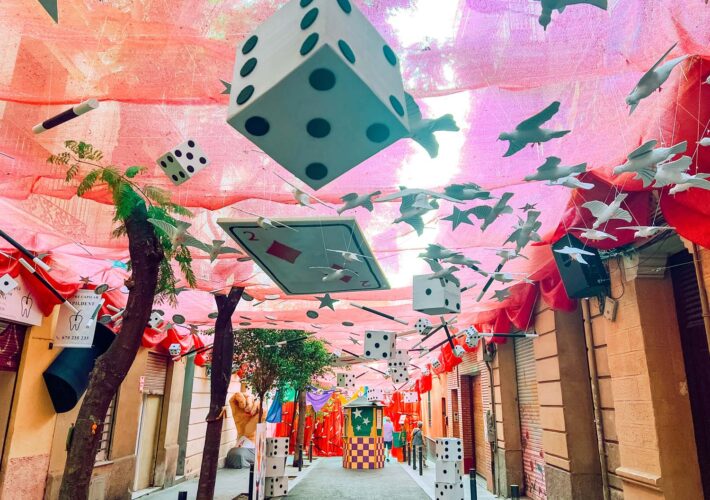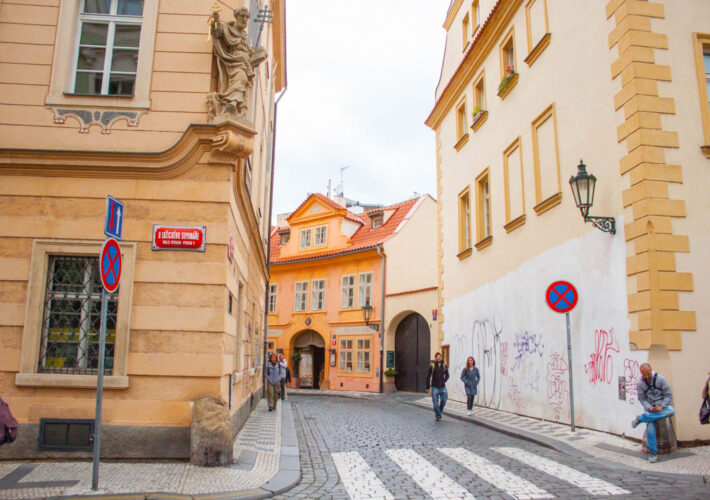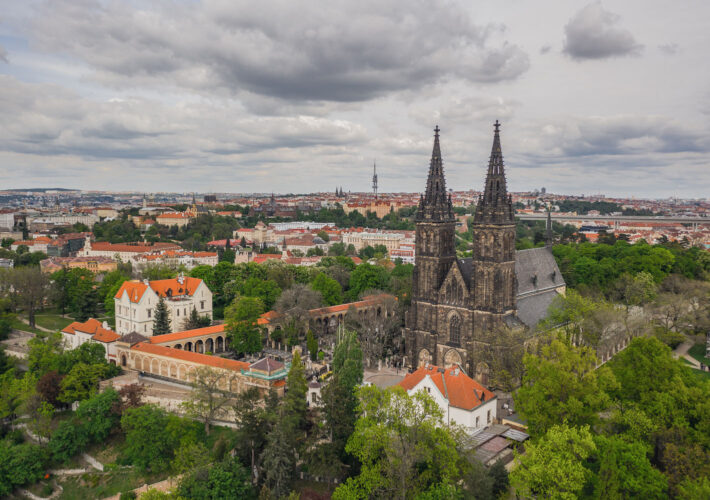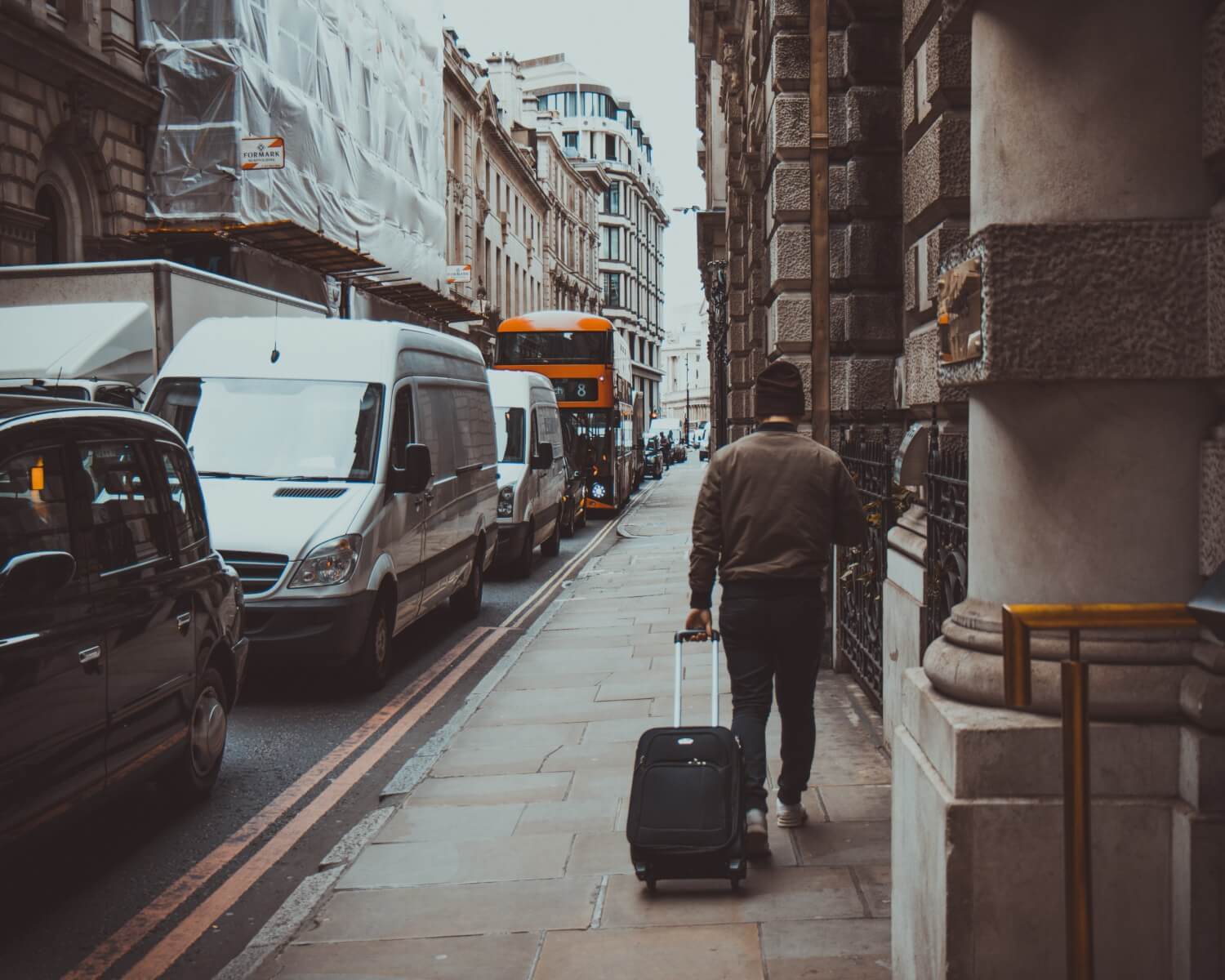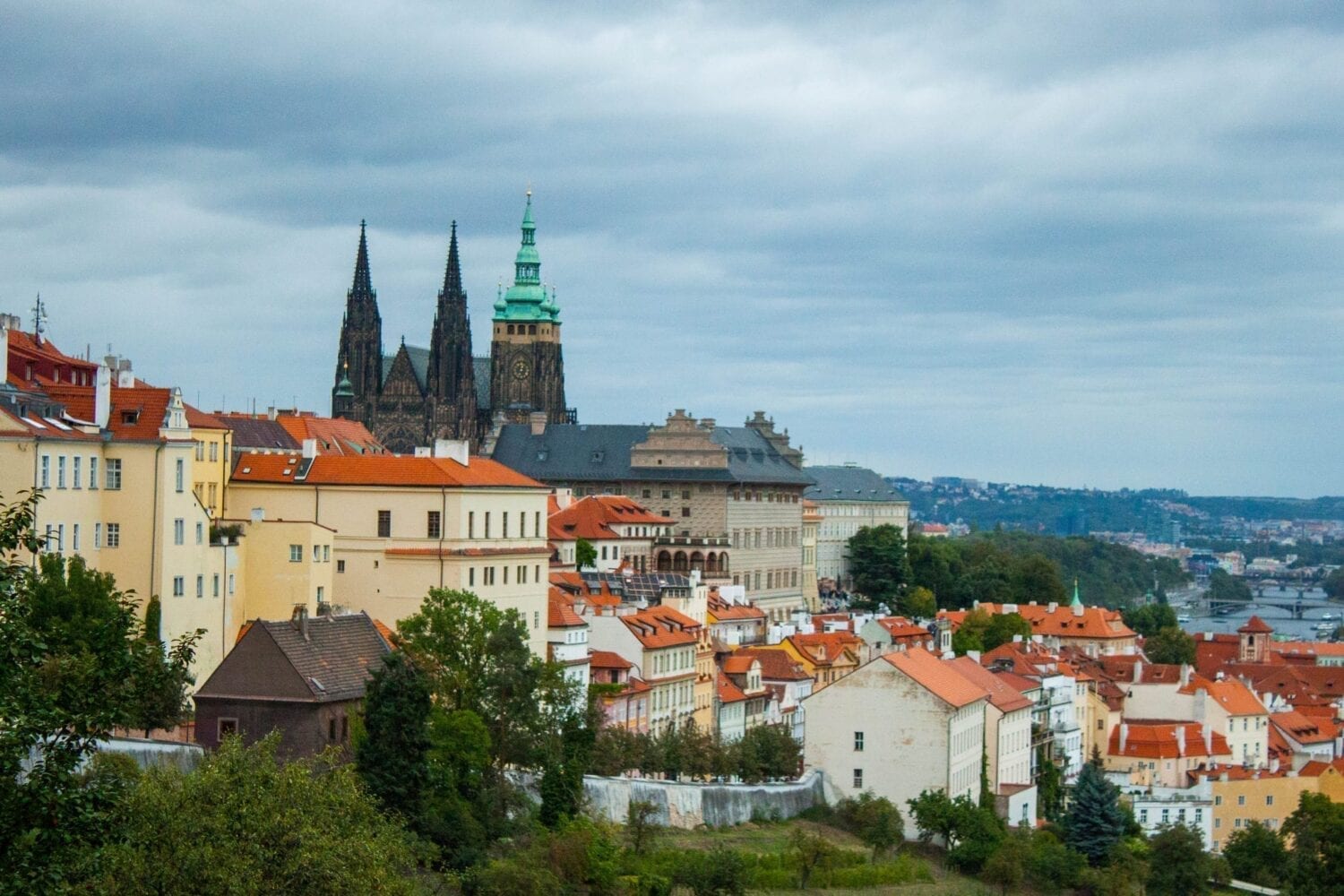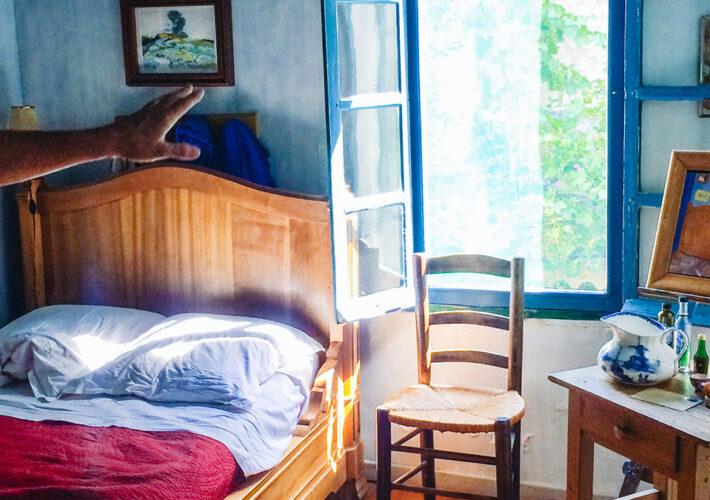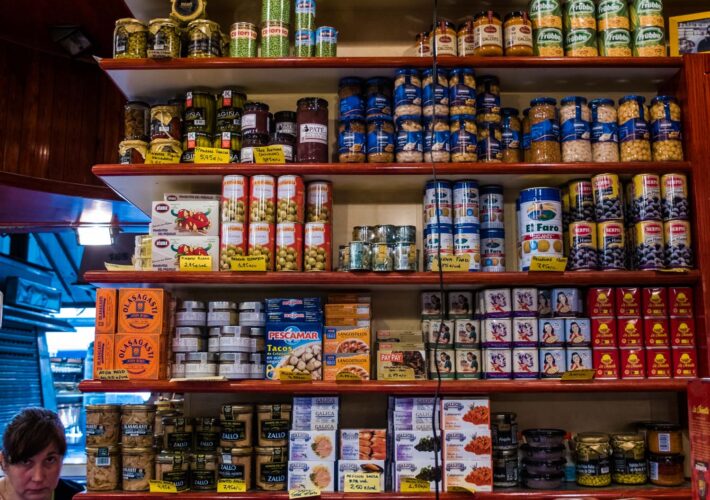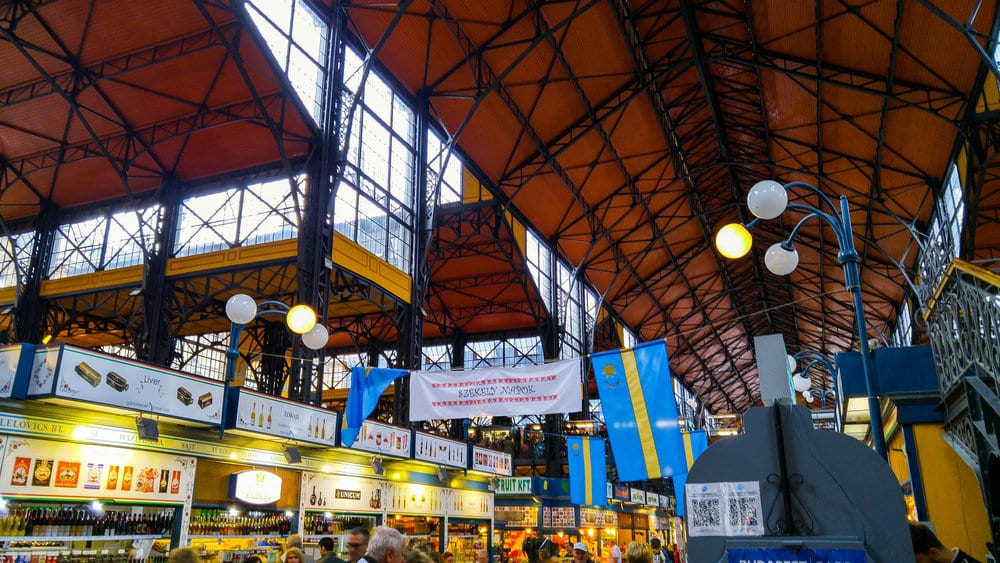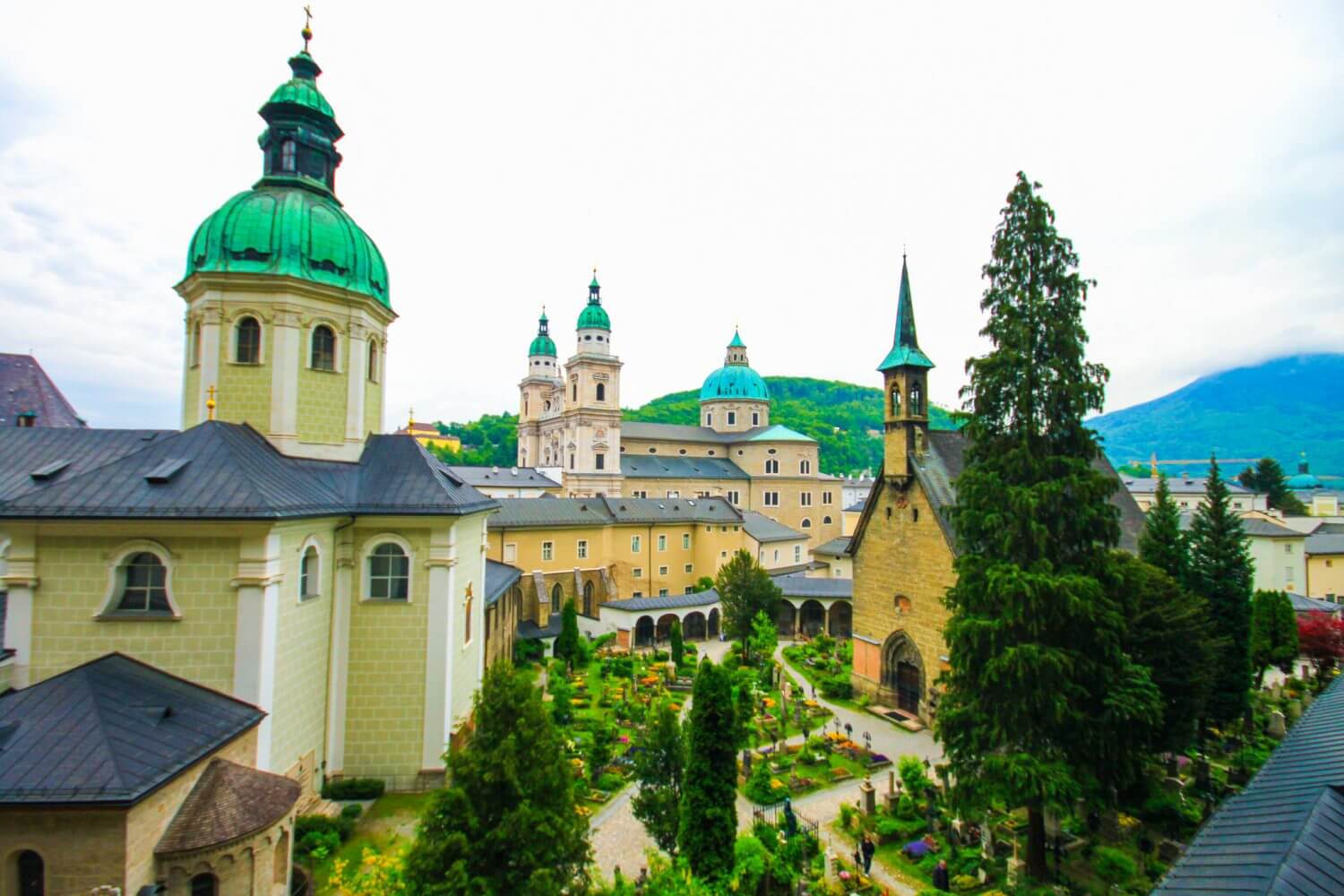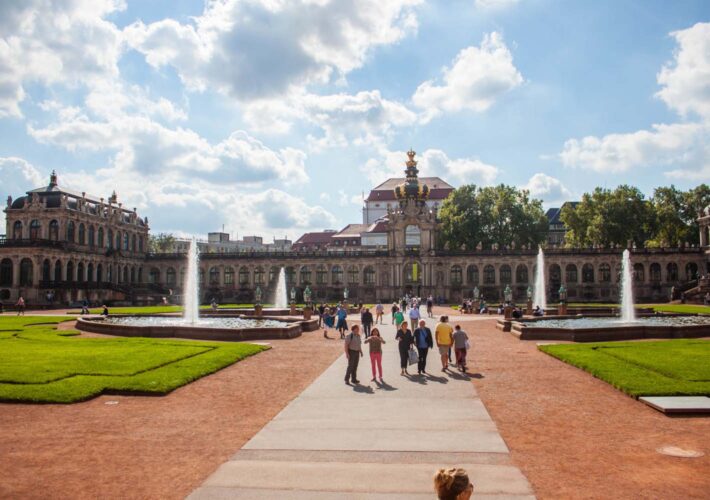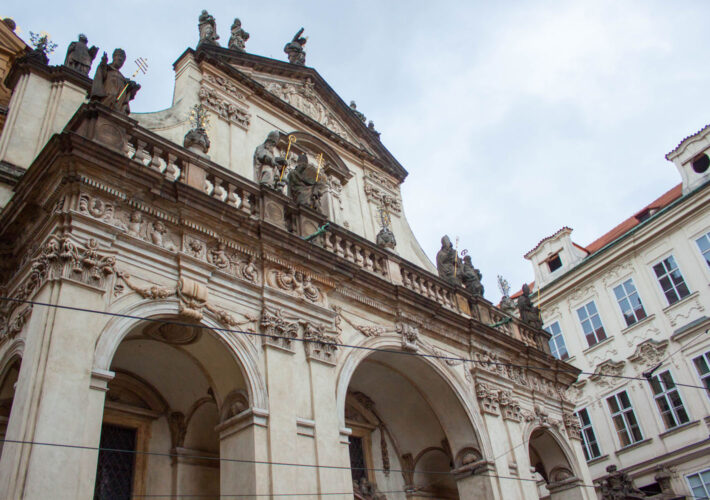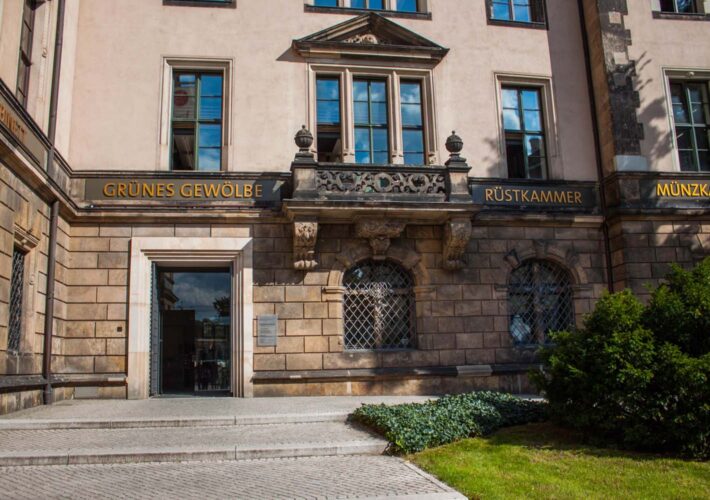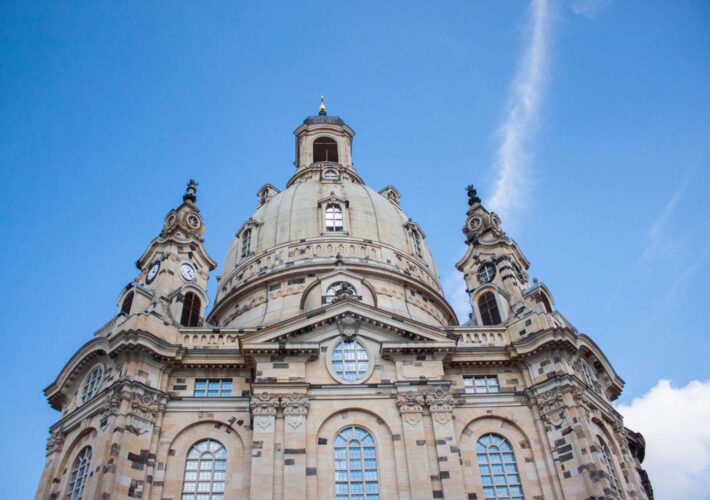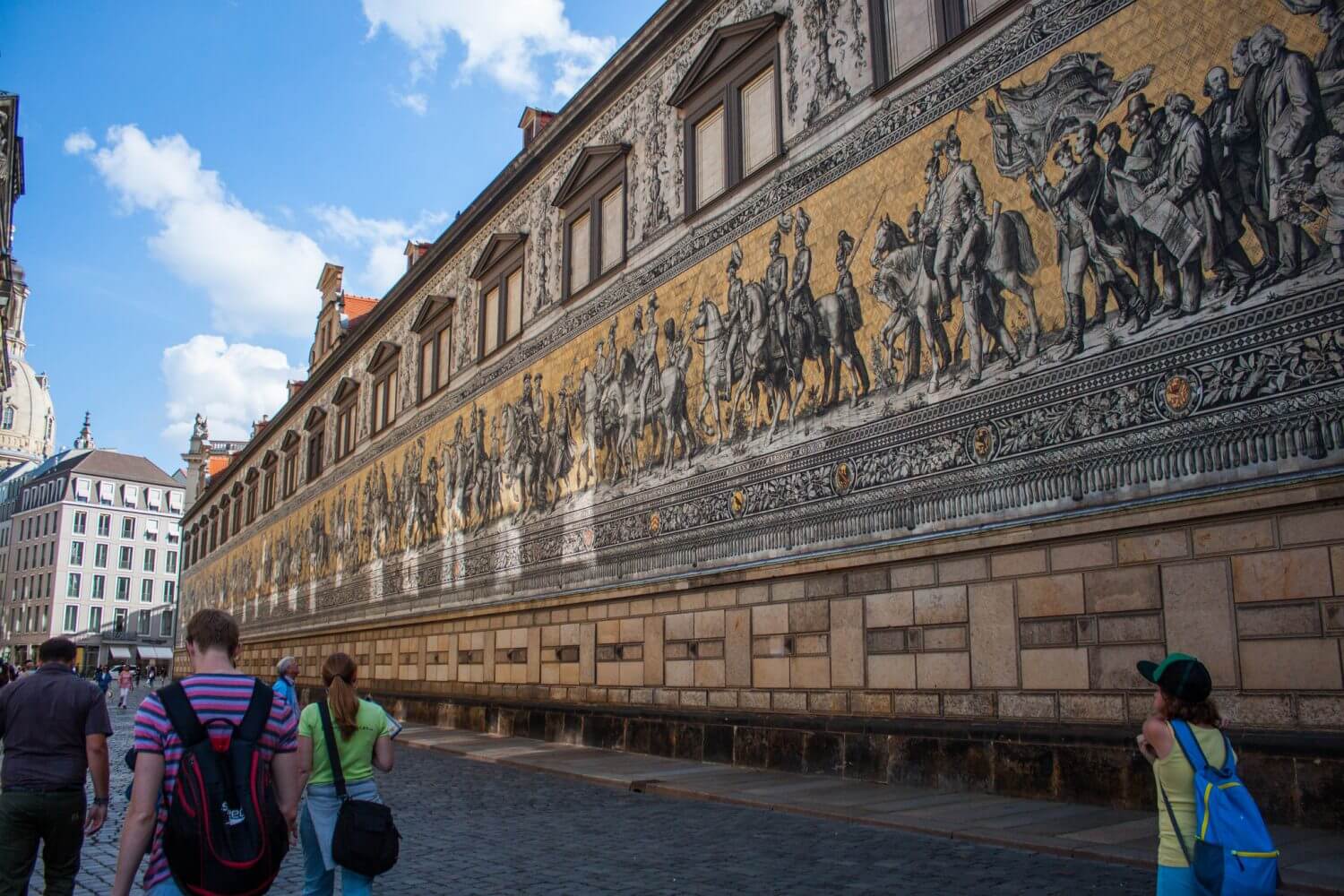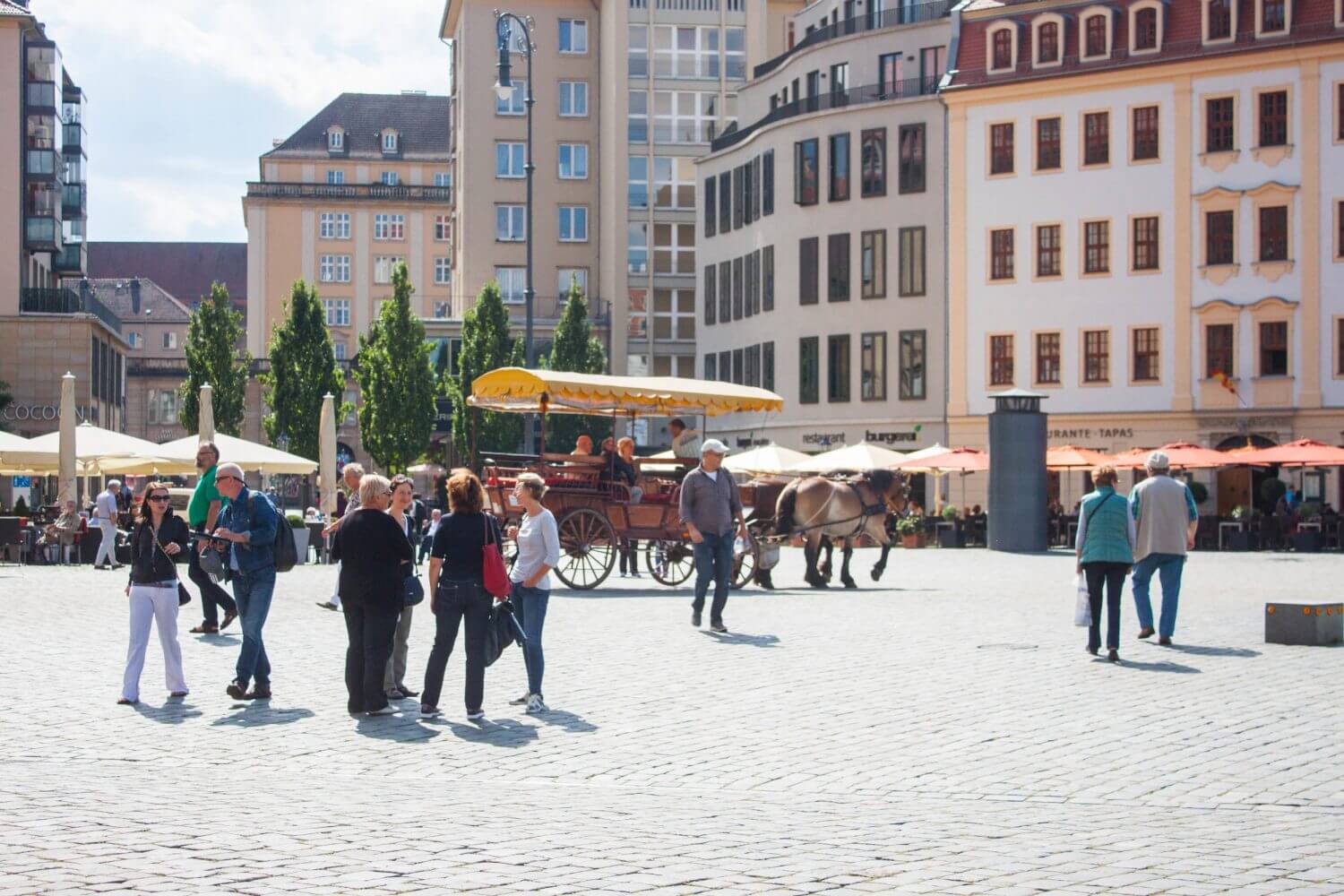Barcelona is renowned for its stunning architecture and sun-kissed beaches, and its rich cultural tapestry comes…
Hradčany is one of Prague’s quietest blocks despite being located right beside some of the most prominent attractions. This allows travellers to explore the charming street corners and historic buildings while getting away from the hoards of tourists.
Packing for a Fall Vacation in Southern Europe can be a tricky scenario, especially if you’re trying to pack in only a carry-on bag (highly recommended!). With airline prices skyrocketing for checked luggage, figuring out how to create a small capsule wardrobe for your trip will significantly reduce your travel expenses.
Prague is one of the captivating cities in Europe. It feels like walking through a baroque dream. While you can spend an entire weekend here just wandering the streets, there are a few things to avoid to ensure your trip is as stress and chaos free as possible.
If there one thing I like to do more than anything else it’s to explore locals marketplaces. Whether it’s a rural farmer’s market no bigger than a few tables of tomatoes or a giant European market hall, there is something so exciting about being surrounded by a myriad of colours, aromas and flavours local to that city.
The Great Market Hall or “Nagyvásárcsarnok” is the largest and oldest indoor market in Budapest. Despite the dozens and dozens of tourists with their cameras out, this place is a favourite with locals and the best place to come to get fresh produce, Hungarian specialities, a quick meal or a sweet treat.
St. Peter’s Abbey and Cemetery is the oldest monastery in the German-speaking world and truly a place where time seems to stand still. Although the abbey itself is stunning, the most notable part of the church is its cemetery.
The Zwinger is one of those historic buildings that is so seamlessly incorporated into the fabric of the city. Yes, it is also a very popular tourist destination, but the people who live and work here, don’t treat it with kid gloves. As if it’s something precious and should only be viewed from a distance. They luncheon here, bring their children to play and dash through the archways on their morning run.
Prague has some of the most beautiful libraries in the world, and although most of them are off-limits to the public, there are tours during certain times of the day which allow bibliophiles to soak up all the history and literary treasures that lie inside these old buildings.
The first place I wanted to visit in Dresden was the fabled “Green Vault”. The Green Vault or *Grünes Gewölbe* is Europe’s largest collection of precious, historical treasures. It was the first public museum in all of Europe featuring a collection of crown jewels, royal bowls carved out of crystal, agate and ivory, golden figurines with multicoloured gems inlaid within and the ‘Dresden Green’ – the largest green diamond in the world. When walking up to the Green Vault, I suppose you expect to see a big green building but in fact, the gallery got its name a different way. During it’s original construction, the columns and bases which held up the vaulted ceiling were all painted green – giving the entire place an Emerald city like vibe.
The Dresden Frauenkirche or Church of Our Lady in one of the grandest buildings in all of Europe, but it is its destruction, and reconstruction is to me, what makes this church stand out. The interior and overall design aren’t in my top ten but the story behind, literally, every stone, is one I will never forget.
Along the side of the Georgentor, is one of the unique and valuable sites in Dresden. You’ll walk by its dozens of times while visiting Dresden and I think it’s worth more than a quick glance and few photos. This is the Procession of Princes of Fürstenzug.
One of the best places to grab a bite to eat, enjoy people watching while being surrounded by one of the most beautiful views in Dresden, is at the Dresden Neumarkt. The Neumarkt is the cultural centre of the Dresden historical district. This area was mostly entirely destroyed in WWII during the same bombing runs that destroyed the Dresden Frauenkirche. After the war, during the communist era, the surrounding buildings were rebuilt in the socialist, realist style. This was not a favourite of the German people and after reunification these buildings were demolished and the reconstruction of the Neumarket to restore it to its original architectural style got underway.

